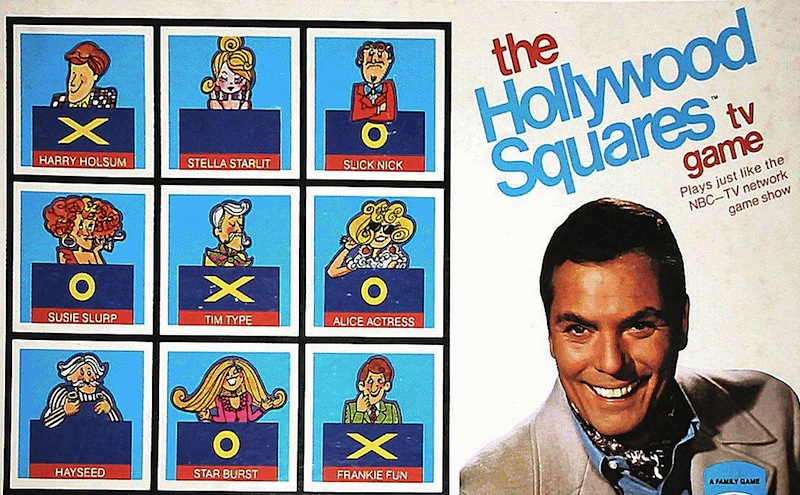
Audiences have long been able to ‘play along at home’, but the Internet adds new complexity to interactive TV.
An article published this week in the Journal of Media Business Studies by authors Todd Green and CREATe research fellow Kris Erickson asks, ‘what happens when user contributions are solicited and used to produce interactive TV?’
The question is a thorny one for a number of reasons, not least because cultural and organisational conditions under which TV is made are often distant from professional legal conceptions of copyright. The authors argue that television production teams operate with at least four sometimes contradictory models of intellectual property in mind: legal, entrepreneurial, financial, and communitarian.
Important copyright considerations abound. User contributions are most often solicited via third-party platforms such as facebook and twitter, which are governed by terms of service agreements. Further, do user contributions meet the threshold of originality required to attract copyright protection? Sometimes input can be as short as an SMS vote, a ‘like’, or a 140-character comment. Other times user contributions can constitute entire plot ideas.
Citing work in interactivity and participatory culture, the authors suggest that TV producers must strike a fine balance when conceiving interactive TV programmes. Adopting an overly restrictive position on copyright ownership may hamper efforts to make audiences feel involved in the co-production of a project. On the other hand, communitarian approaches may lack the means to fully account for and protect the commercial value of intellectual property.
A pre-publication version of the article may be accessed here.
